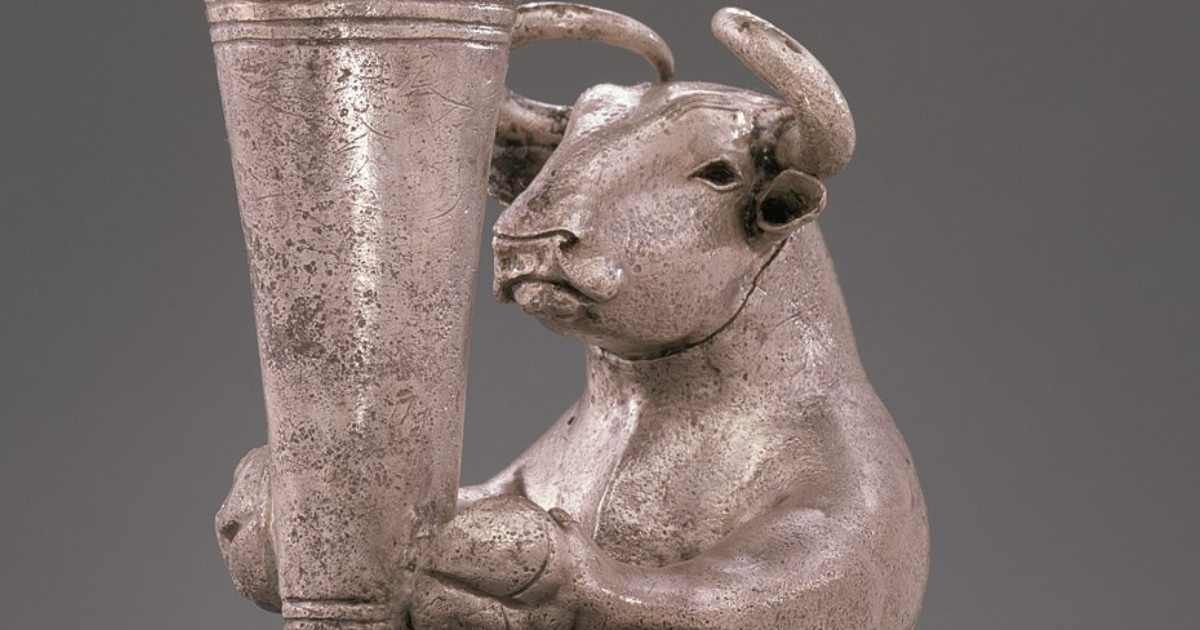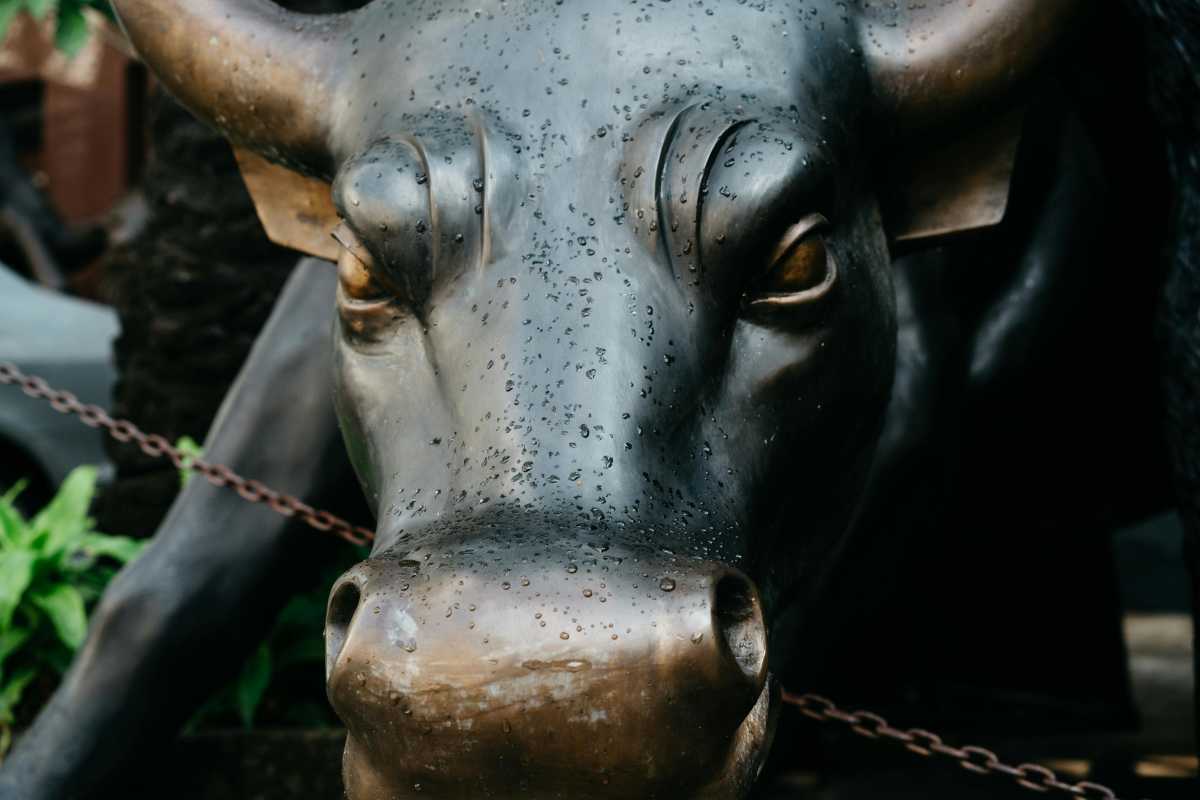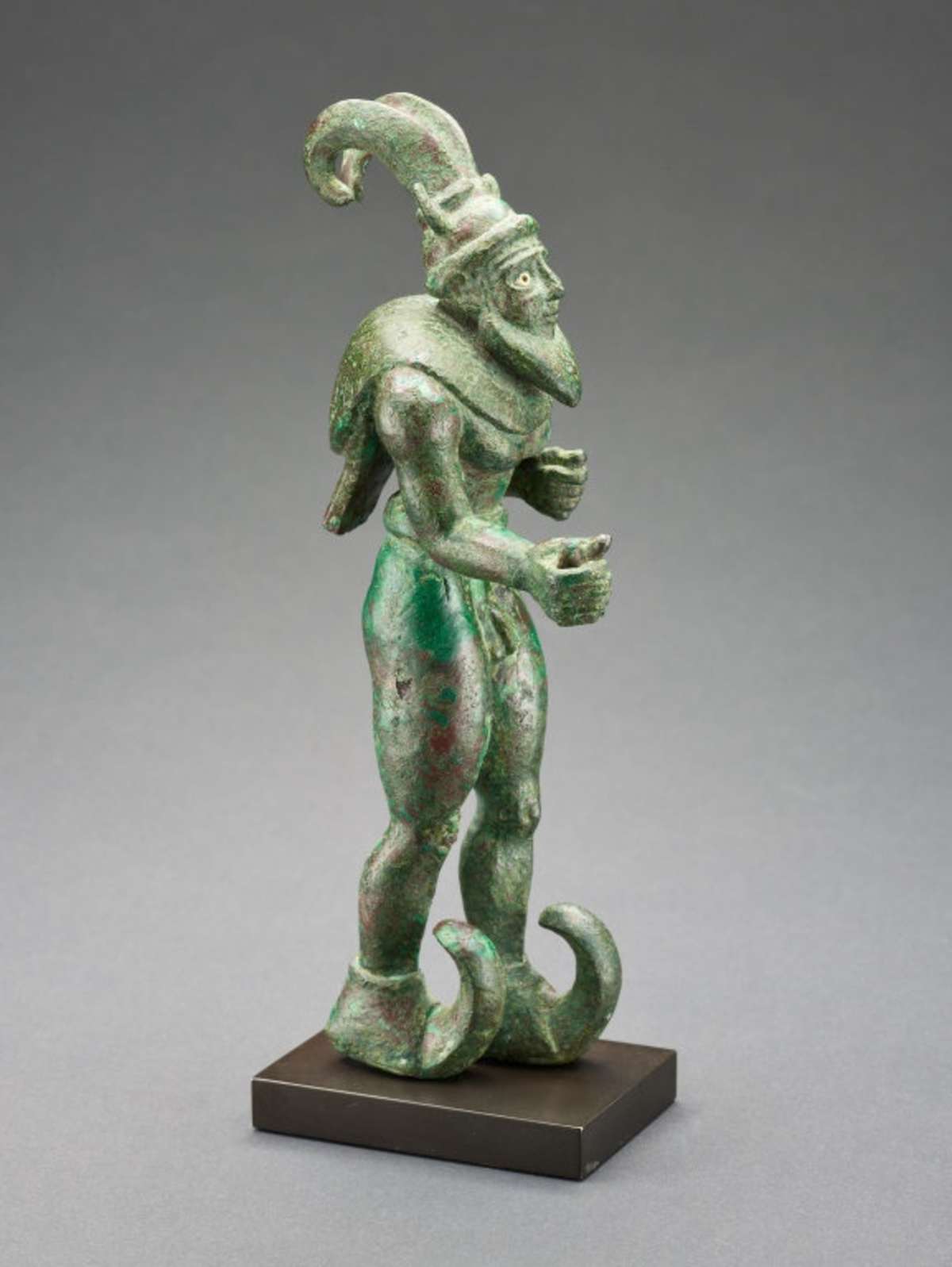5,000 year old Kneeling Bull, could be a protagonist of a myth or a foundational figurine for Proto-Elamite community

Time and again, it has become evident that ancient civilizations were miles ahead when it came to creativity. An example of it is the "Kneeling Bull," which was crafted around 5,000 years ago, according to Live Science. This 6.4-inch-tall figurine found in Iran has an intriguing subject in the form of a bull with a human-like pose. Not only that, but it is also holding what seems to be a spouting vessel. Currently, the statue is in the custody of the Metropolitan Museum of Art (MET) in New York City. Researchers speculate that the figurine was made by someone from the Proto-Elamite culture, widely known as the oldest civilization in Iran.

Background of the 'Kneeling Bull'
Experts claim that the Kneeling Bull was made sometime between 3100 and 2900 BCE, according to the Met Museum. It was a period following the Uruk transformations in southern Mesopotamia. Most of the creations during that time exhibited strong Mesopotamian influence, but had unique Elamite characteristics peculiar to Iran. It was possibly made in the city of Susa, located in present-day southwestern Iran. The museum purchased it in 1966 from K. Rabenou Ltd., New York.
View this post on Instagram
Features of the Kneeling Bull
The figurine is composed of 98.5% pure silver, and its lower part is draped in a robe featuring a stepped pattern. Its appearance is described by the museum as a curious blend of animal and human characteristics. There is a large bull neck that melts into shoulders, which are distinctly human in appearance. At the same time, there are arms, which turn into hooves at the end, a feature commonly seen in bulls. A 1970 study focused on other dual features in the figurine, like the bovine head resting on human shoulders.

It also noted that the figurine did not have a flat base, which meant it could not have stood on its own on a flat surface. Kate Lefferts, once a Met conservator, revealed in the same study that she found five limestone pebbles in the figurine, which possibly produced a rattling sound. Proto-Elamite art contained several examples of animals showcasing human postures. Experts believe these are essentially symbols of natural forces, but at the same time could be protagonists of myths and tales popular during the Proto-Elamite community.
Objective of the Figurine
During the time of discovery, traces of cloth made from animal yarn were attached to it. It could imply that the figurine was intentionally buried by individuals. Researchers speculate that the figurine may have been part of a particular burial ritual or practice. However, to date, no such tradition has been uncovered by experts. Hence, the stunning item's actual objective remains under wraps. Another speculation is that the statue acted as a 'foundational figurine.' Such items were buried by the Proto-Elamite community to mark the sacred ground where temples would be built. If this were the case, then it is hugely surprising that it came into the view of humans, as it was placed with the intention of making it disappear from society.